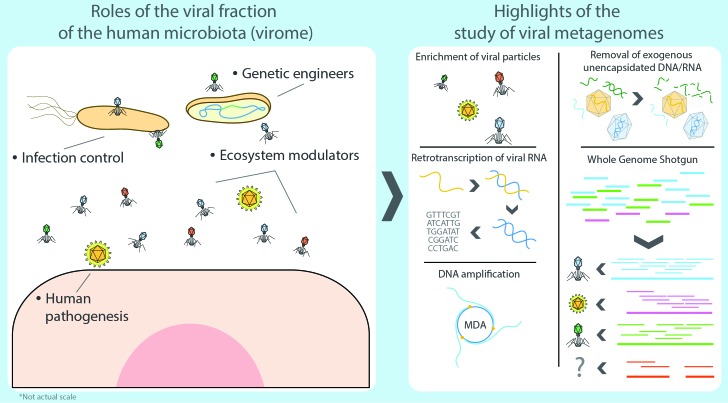Figure 2. FIGURE 2: The study of the human virome.
The viral fraction of the human microbiota (human virome) consists of thriving communities of viral particles, not restricted to human pathogens, but including bacteriophages and other eukaryotic viruses which actively contribute to the modulation of the ecosystem by stimulating the immune system and by directly infecting and even genetically altering certain microbial species and their genomes. Viromics, or the study of the virome and its critical impact the human host and its microbiota, relies on the isolation of such viral particles, the recovery (and amplification of their nucleic acids (multiple displacement amplification is shown) and, in the case of RNA viruses, an additional step consisting in the retrotranscription of their genomes to enable detection and sequencing. The subsequent analysis of the viral sequences depends on whole genome sequencing approaches. To this date, viromics is challenged with persistent methodological and conceptual biases and limitations that continue to be addressed with the advancement in the field of metagenomics.

